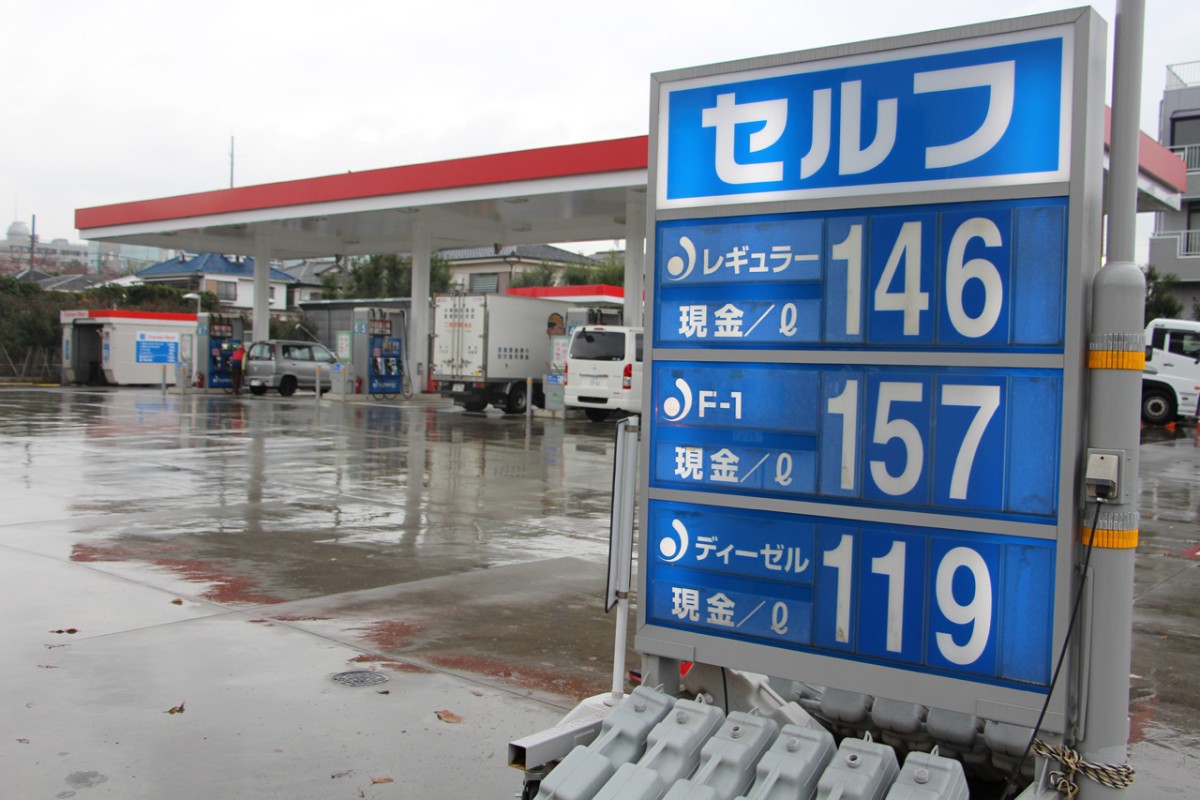In the 1990s, visiting a gas station in Japan was a unique experience. Uniformed staff teams — men and women — warmly greeted drivers. In addition to fueling the vehicle, they cleaned the windshields, collected the trash, and performed these tasks with friendliness and efficiency. This was the norm, and the impeccable service was part of the Japanese culture of hospitality.
Today, however, that reality has changed. Most gas stations in Japan have become self-service and operate 24 hours a day, seven days a week. The change reflects technological advancement, a shift in consumer behavior, and the growing transition to electric and hybrid vehicles.
Table of Content
Decline of gas stations in Japan
In 1994, Japan had approximately 60,421 gas stations spread across the country. However, this number has decreased drastically, and today there are about 35,000 stations in operation. This reduction of nearly 50% is attributed to various factors:
- Increase in the use of electric and hybrid vehicles: There are already more charging stations for these vehicles than gas stations in Japan.
- Public transportation efficiency: The country's railway system is highly efficient, and many opt for trains and subways instead of private cars.
- Technological changes: The popularization of self-service stations, which require fewer employees and space, has contributed to the closure of traditional stations.

Experience in Japanese self-service
The self-service stations are marked by the word セルフ (serufu) on signs at the entrance. In these locations, drivers are guided by modern machines that explain, step by step, how to refuel.
Despite the automation, there is always an assistant on-site to help in case of doubt. Payment can be made in various ways:
- Money (現金で – Genkin de).
- Credit card (クレジットカードで – Kurejito Kaado de).
- Gas station loyalty cards that offer benefits such as discounts.
Available types of fuel
Japanese gas stations offer three main types of fuel:
- Regular gasoline (レギュラー – Regyurā): Most popular fuel.
- Premium gasoline (ハイオク – Haioku): Known as 4-star gasoline, it has a higher octane rating.
- Diesel (軽油 – Keiyu): Used in diesel vehicles and buses.
Technology and convenience
Even at self-service stations, the experience is efficient and safe. Many have systems that recognize the correct type of fuel for the vehicle, avoiding mistakes. In addition, the environment is clean, organized, and offers additional services, such as automatic car washes and automated payment kiosks.

Gasoline prices in Japan
Fuel prices in Japan vary, but they are generally more affordable than in many Western countries due to logistical efficiency and market competition. Currently, prices are around:
- Regular gasoline: 140-170 yen;
- Premium gasoline (ハイオク): 160-190 yen;
- Diesel: 120-130 yen;
These fluctuations reflect both the global market and internal policies on subsidies and incentives for the adoption of more sustainable technologies.
Essential vocabulary for jobs in Japan
If you plan to drive in Japan, here are some useful expressions that can make your experience at a gas station easier:
- ガソリンスタンド Gas station
- 満タン (Mantan) Fill the tank
- 現金で (Genkin de): pay with cash
- クレジットカードで Pay with credit card
- 灰皿 (Haizara): Ashtray
- ガソリン / レギュラー (Gasoline / Regular): Regular gasoline
- ハイオク (Haioku): Premium gasoline
- 軽油 (Keiyu): Diesel
Future of gas stations in Japan
With the continuous advancement of electric and hybrid vehicles, it is expected that traditional gas stations will continue to decrease in number. Fast charging stations are becoming a common sight, with large networks like ENEOS already investing in infrastructure to meet this new demand.
On the other hand, the transition is gradual. Many Japanese still rely on gasoline-powered cars, especially in rural areas where public transport is less accessible.
